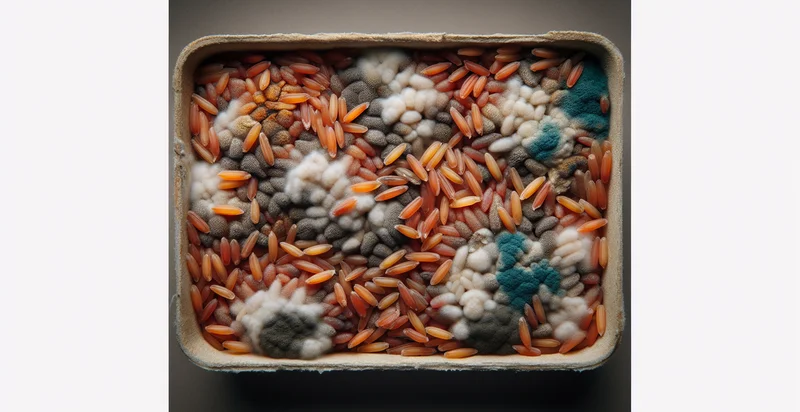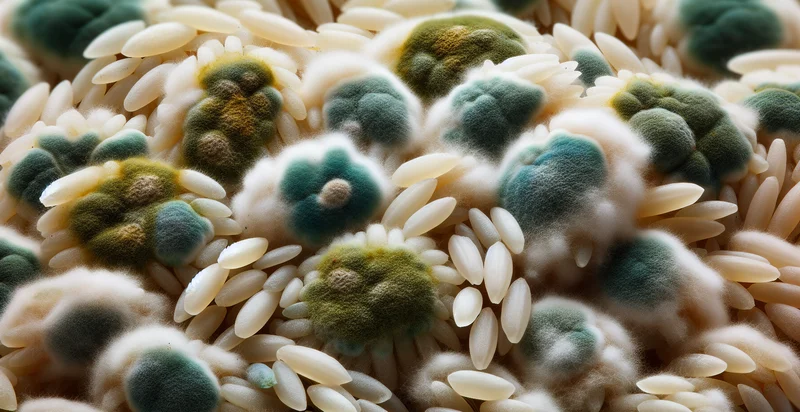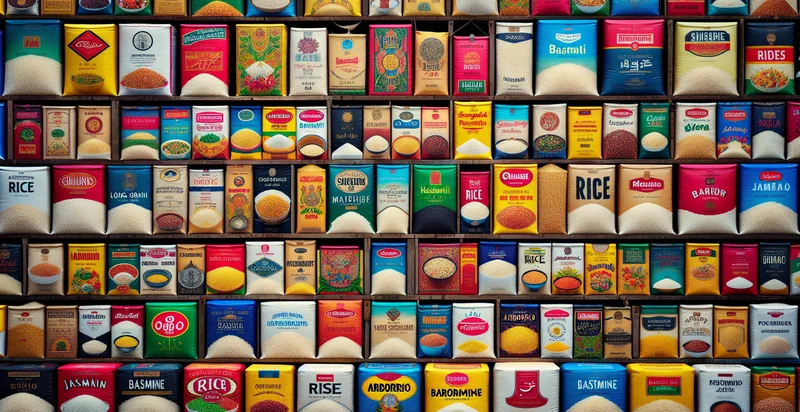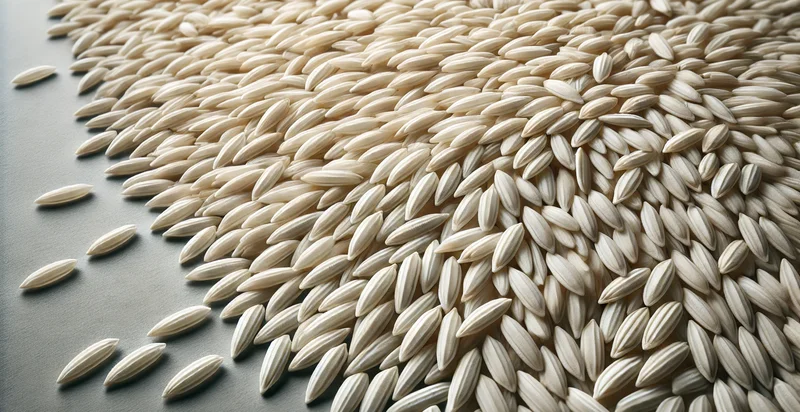Identify if rice is rotten
using AI
Below is a free classifier to identify if rice is rotten. Just upload your image, and our AI will predict if rice is rotten - in just seconds.

Contact us for API access
Or, use Nyckel to build highly-accurate custom classifiers in just minutes. No PhD required.
Get started
import nyckel
credentials = nyckel.Credentials("YOUR_CLIENT_ID", "YOUR_CLIENT_SECRET")
nyckel.invoke("if-rice-is-rotten", "your_image_url", credentials)
fetch('https://www.nyckel.com/v1/functions/if-rice-is-rotten/invoke', {
method: 'POST',
headers: {
'Authorization': 'Bearer ' + 'YOUR_BEARER_TOKEN',
'Content-Type': 'application/json',
},
body: JSON.stringify(
{"data": "your_image_url"}
)
})
.then(response => response.json())
.then(data => console.log(data));
curl -X POST \
-H "Content-Type: application/json" \
-H "Authorization: Bearer YOUR_BEARER_TOKEN" \
-d '{"data": "your_image_url"}' \
https://www.nyckel.com/v1/functions/if-rice-is-rotten/invoke
How this classifier works
To start, upload your image. Our AI tool will then predict if rice is rotten.
This pretrained image model uses a Nyckel-created dataset and has 2 labels, including Rice Is Fresh and Rice Is Rotten.
We'll also show a confidence score (the higher the number, the more confident the AI model is around if rice is rotten).
Whether you're just curious or building if rice is rotten detection into your application, we hope our classifier proves helpful.
Related Classifiers
Need to identify if rice is rotten at scale?
Get API or Zapier access to this classifier for free. It's perfect for:
- Quality Control in Food Processing: This use case involves implementing the rice rotten identifier in food processing plants to automate quality control processes. By quickly identifying spoiled rice, companies can minimize waste and ensure that only products meeting quality standards reach consumers.
- E-commerce Product Verification: E-commerce platforms can incorporate the identifier to verify the quality of rice sold online. By ensuring that only fresh rice is listed for sale, the platform enhances its reputation and customer satisfaction, reducing returns associated with spoiled products.
- Agricultural Supply Chain Management: Farmers and suppliers can utilize the identifier to assess the quality of harvested rice before it enters the supply chain. This application helps in making informed decisions about pricing, storage, and inventory management while reducing financial losses from selling spoiled goods.
- Food Safety Audits: Regulatory agencies can deploy the rice rotten identifier during food safety audits at warehouses and retailers. This technology helps ensure compliance with food safety regulations and protects public health by preventing the distribution of spoiled rice.
- Consumer Food Apps: Mobile applications aimed at health-conscious consumers can integrate the identifier to help users select fresh rice while shopping. By offering real-time quality assessments, the app enhances the user experience and promotes healthier eating habits.
- Automated Sorting in Warehouses: Warehouses can utilize the rice rotten identifier in automated sorting systems to segregate rotten rice from the good stock. This streamlines operations, reduces manual labor, and ensures that only quality products are shipped to retailers.
- Sustainable Agriculture Practices: Agricultural researchers can use the identifier to study the effects of different farming practices on rice quality. This information aids in developing sustainable agriculture practices that minimize spoilage and enhance the overall sustainability of rice production.


